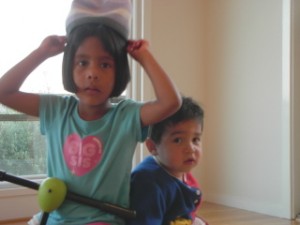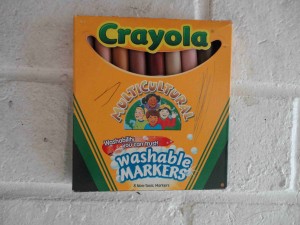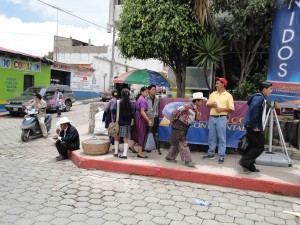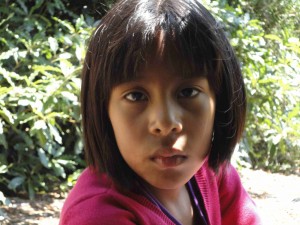It happened again on Saturday morning, after Olivia’s ballet class. A woman I have never met before, the mother of another dance student, saw me with Olivia and Mateo, and out of nowhere asked, “Are they really brother and sister?”
I gulped and took a deep breath, after which I smiled and replied, “They are now.”
This particular question is the one I get asked most often by all kinds of people—from strangers in the grocery store to teachers in my children’s classrooms—and the one to which I still haven’t found the correct answer. I’ve heard other adoptive parents recommend saying, “Why do you ask?” or “They’re not biologically. But otherwise, yes.” Although both of those options seem like good answers, I haven’t yet found a way to make them trip off my tongue.
I know people ask the question out of interest and curiosity, but I have to admit, it’s the question that unsettles me the most—even more than the inevitable, “Are you their ‘real’ mother?” Why? Because it undermines my children’s relationship to each other. I imagine Olivia thinking, “If this guy who torments me at mealtimes, steals my toys, and borrows my markers without permission isn’t my real brother, then who is he?” Or I see the thought bubbles in Mateo’s head: “Only a big sister would protect me on the playground, show me how to jump rope, and sleep in the top bunk of my bunk bed, right? That’s what I was told, anyway.”
Regardless of whether or not they have other, biological, blood-related siblings, Olivia and Mateo are “really” brother and sister. That’s what the institution of adoption does—it creates families. It makes me my children’s mother and my husband my children’s father. And although Olivia and Mateo were born in two different parts of Guatemala to two different birth mothers, they are, and will forever be, “really brother and sister.”




 ShareThis
ShareThis



